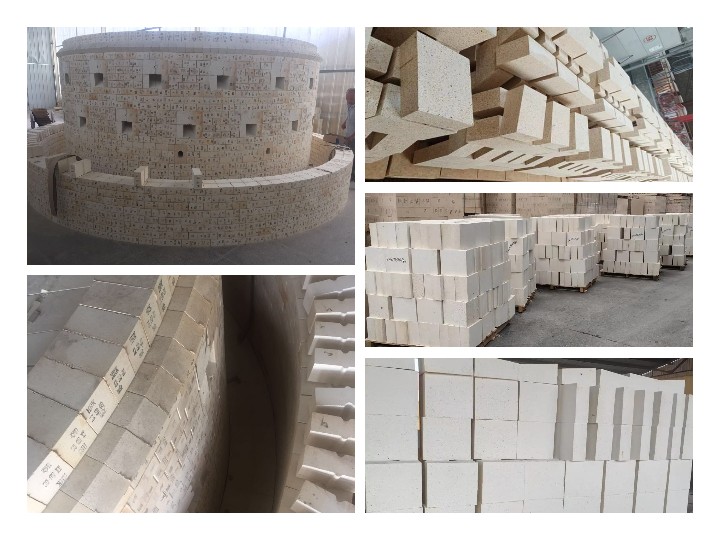High-temperature refractory materials play a crucial role in various industrial applications, providing exceptional thermal resistance and durability under extreme conditions. This article explores the advancements and current trends in the use of these materials across different sectors.
.jpg)
The application of high-temperature refractory materials extends to various industries including metallurgy, ceramics, and petrochemical. These materials are essential for furnace linings, kiln shells, and other high-temperature environments.

In metallurgical applications, high-temperature refractory materials are utilized in blast furnaces and electric arc furnaces to withstand the harsh conditions of molten metal processing.
Ceramics manufacturing benefits significantly from these materials, which help in maintaining temperature stability in kilns, improving product quality and consistency.
In the petrochemical sector, these refractory materials enhance the performance of reactors and furnaces, ensuring efficient operation while resisting thermal shock and corrosive environments.

High-temperature refractory materials are indispensable in modern industrial applications. Their ability to withstand extreme temperatures and harsh environments enhances operational efficiency and product quality, making them vital for industries that rely on high-performance materials.
